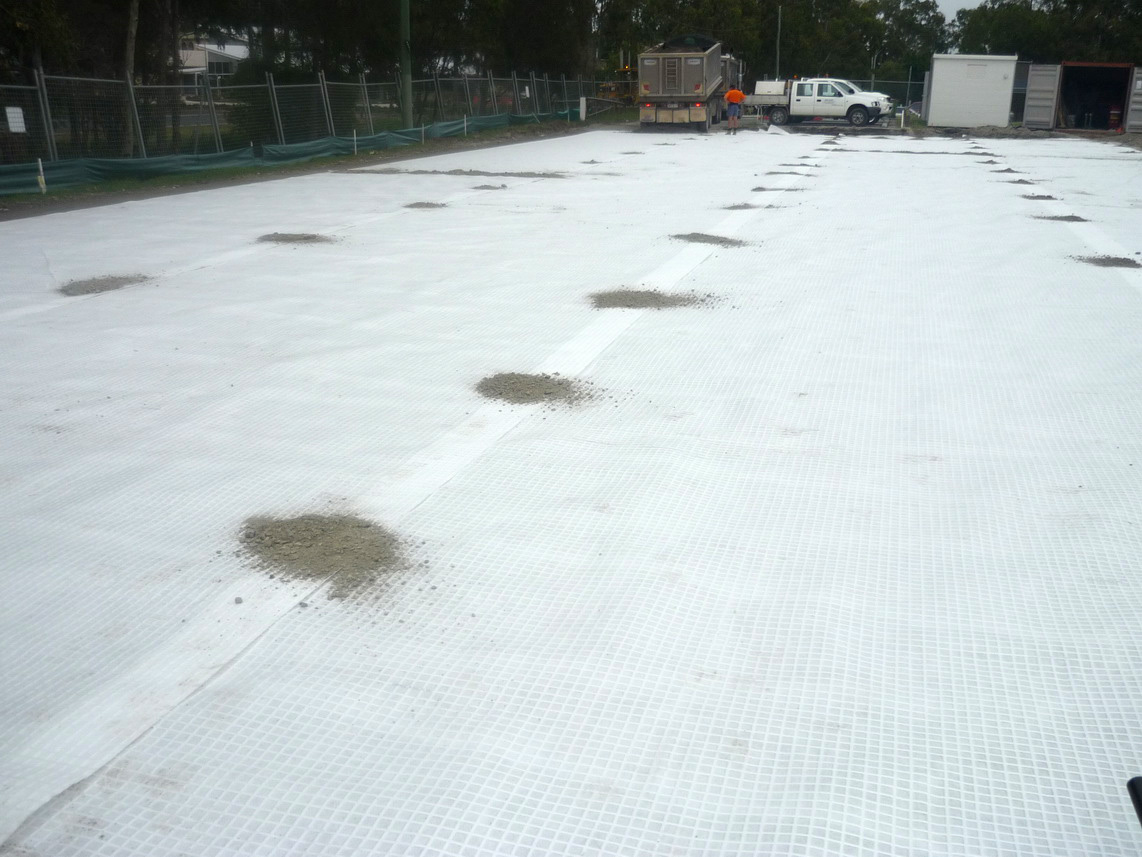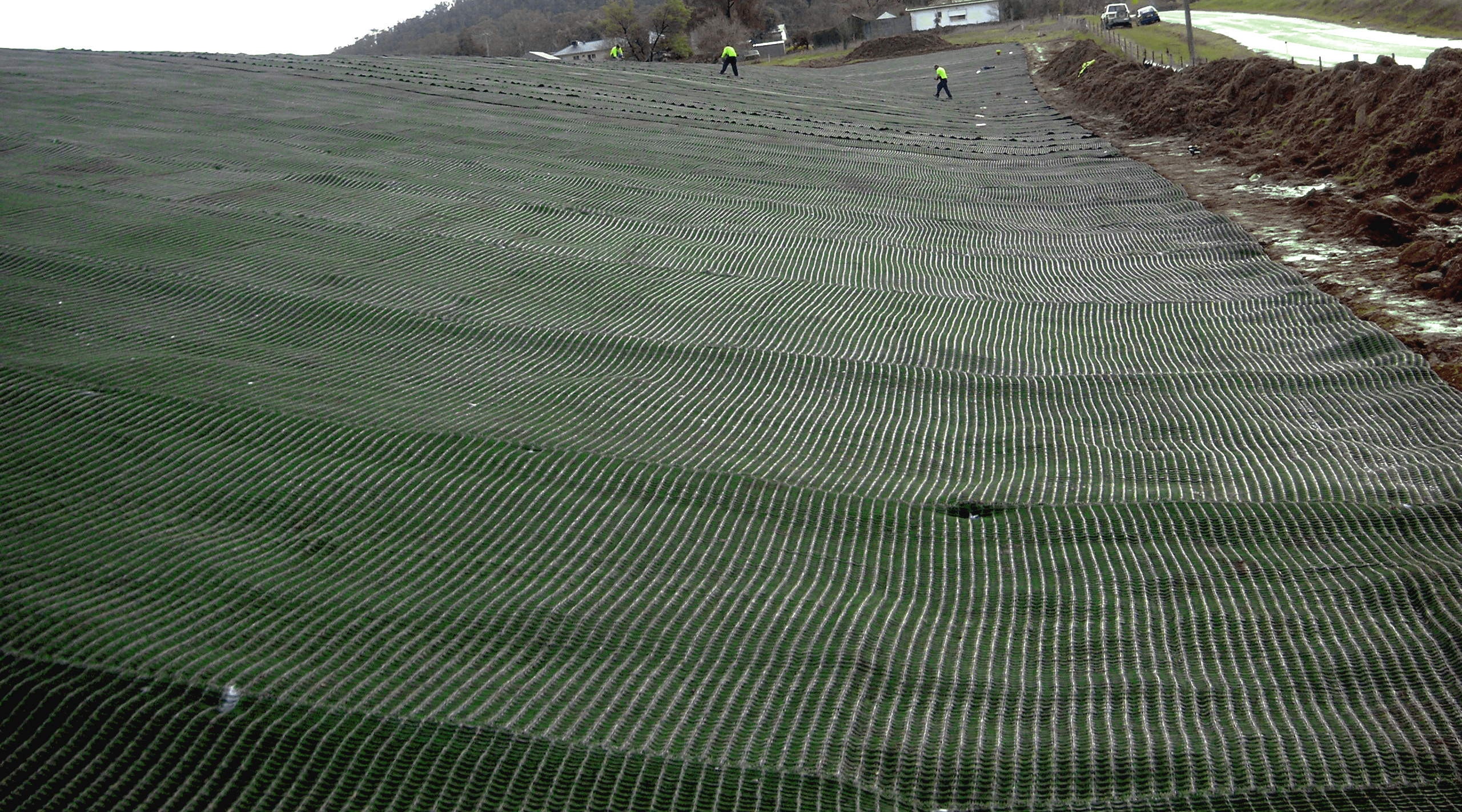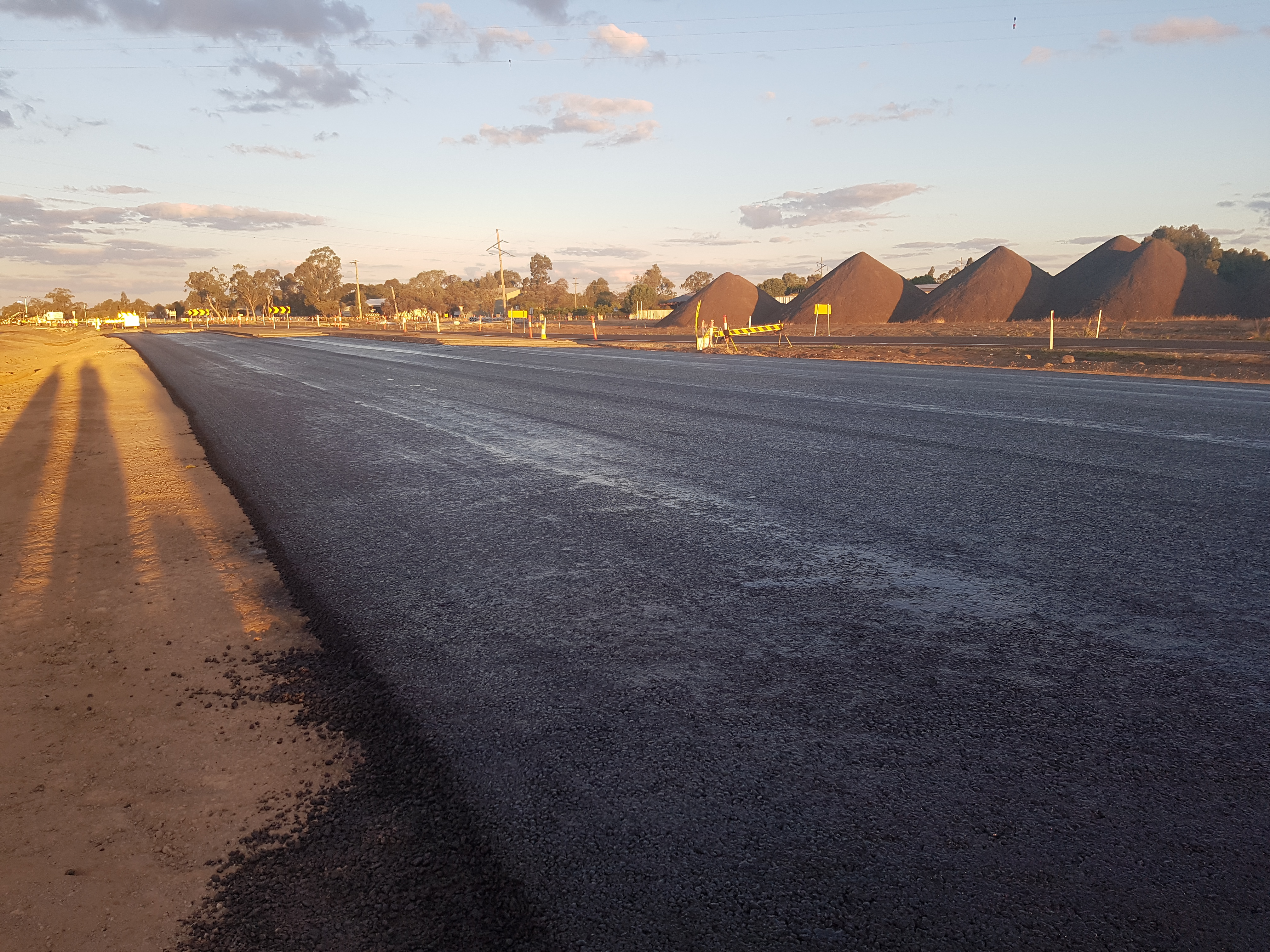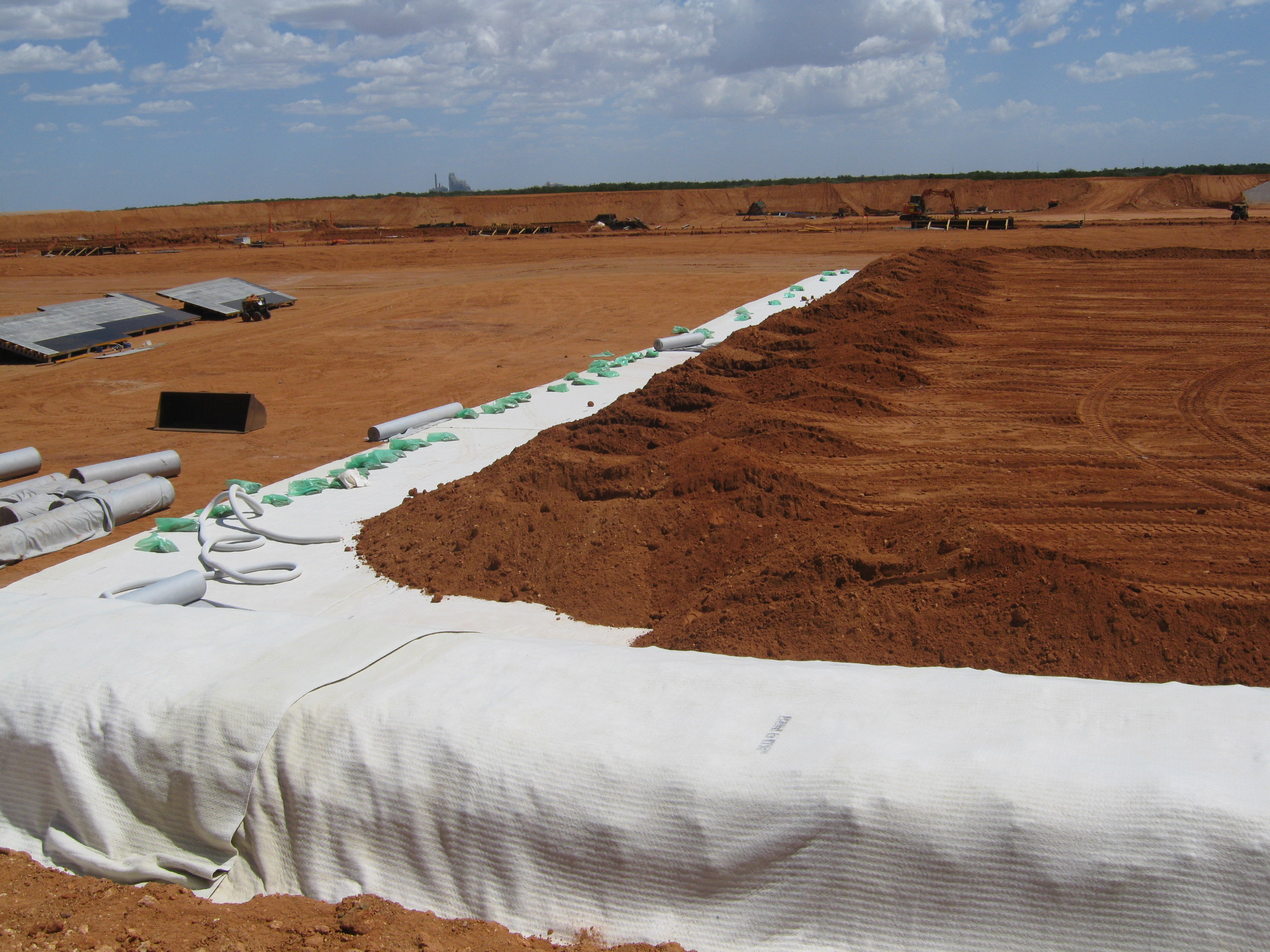Combigrid Geogrids
Details
- Product Type Geosynthetic Materials
- Regions Auckland, Christchurch, New South Wales, Northern Territory, Queensland, South Australia, Tasmania, Victoria, Western Australia
Contact
- Chris Smith 0297254321
- Website Visit
- Email chris@globalsynthetics.com.au
ISupplier
- Company Name Global Synthetics
- ISupplier Profile Visit

About
Combigrid® is a flat composite geogrid from the Secugrid® product range. Incorporated into the geogrid construction is a non woven geotextile component for specific applications where reinforcement of problematic soils is required combined with the additional functions of separation and filtration. This combination provides reinforcement stabilisation, filtration, separation and drainage in a single product. The unique manufacturing process produces structured, high strength, monolithic, pre-stressed polypropylene or polyester bars with a continuous molecular structure. The extraordinary high extensional stiffness of Combigrid® efficiently reduces deformations in the subgrade which extends the service life of modern infrastructure.
Sustainability Outcomes
Facilitating the development of new infrastructure in previously unstable or unusable terrain is a remarkable feat. Combigrid, a revolutionary construction solution, offers a multitude of benefits that contribute to the sustainability of our environment. By using recycled materials, Combigrid minimizes the need for virgin resources and reduces the ecological impact of construction. Its composition of lightweight and durable materials, such as polypropylene and nonwoven geotextile, has a smaller carbon footprint compared to traditional construction materials like concrete and steel. Companies that prioritize sustainable procurement can opt for low-carbon materials like Combigrid to support their eco-friendly initiatives. Environmental regulations and standards are crucial considerations in construction projects, and Combigrid meets those requirements with ease. Furthermore, it can be manufactured in various shapes and sizes that cater to specific construction needs. This feature provides unparalleled flexibility in urban design and enables the creation of innovative and unique solutions tailored to the project’s requirements. Combigrid can be integrated into the planning and design process, allowing for increased customization, flexibility, and sustainable design practices that align with the project’s location and objectives. Prioritizing the use of materials that minimize waste and promote resource efficiency is a hallmark of sustainability, and Combigrid embodies this principle to the fullest.
Applicable Credits
| IS v1.2 | Ene-1 , Inn-1 , Mat-1 , Wat-1 |
| IS v2.1 | Ene-1 , Inn-1 , Rso-6 , Wat-1 |
| Mat-1(IS v1.2) | Materials footprint measurement and reduction | Combigrid offer several sustainable benefits that reduce the lifecycle environmental impacts of materials. By reinforcing the soil, Combigrid geogrids also reduce the amount of material required to achieve soil stability, leading to a reduction in the number of raw materials used and the energy required for transport and installation. Additionally, Combigrid geogrids have a longer service life than traditional soil stabilization methods, requiring less maintenance and replacement over time, and the manufacturer, Global Synthetics, uses sustainable manufacturing practices and materials, including recycled materials and reduced energy consumption during production. |
| Wat-1(IS v1.2) | Water use monitoring and reduction | Combigrid Geogrids can reduce water demand by enabling the use of thinner asphalt pavements, reducing the amount of water needed for compaction during construction. By reducing water demand, Combigrid Geogrids can help to conserve this precious resource and promote sustainable water management practices. |
| Ene-1(IS v1.2) | Energy and carbon monitoring and reduction | Combigrid Geogrids can be used as a substitute for traditional soil stabilization methods, such as deep excavation and replacement, reducing the amount of energy required for excavation, transportation of new soil, and disposal of excavated soil. Overall, these features of Combigrid geogrids can help to reduce energy use and carbon emissions in urban and landscape design projects. |
| Inn-1(IS v1.2) | Innovation | Combigrid contributes to Innovation Challenge 8: Sustainable Suppliers and ISupply |
| Rso-6(IS v2.1) | Material Life Cycle Impact Measurement and Management | Combigrid offer several sustainable benefits that reduce the lifecycle environmental impacts of materials. By reinforcing the soil, Combigrid geogrids also reduce the amount of material required to achieve soil stability, leading to a reduction in the number of raw materials used and the energy required for transport and installation. Additionally, Combigrid geogrids have a longer service life than traditional soil stabilization methods, requiring less maintenance and replacement over time, and the manufacturer, Global Synthetics, uses sustainable manufacturing practices and materials, including recycled materials and reduced energy consumption during production. |
| Wat-1(IS v2.1) | Avoiding Water Use | Combigrid Geogrids can reduce water demand by enabling the use of thinner asphalt pavements, reducing the amount of water needed for compaction during construction. By reducing water demand, Combigrid Geogrids can help to conserve this precious resource and promote sustainable water management practices. |
| Ene-1(IS v2.1) | Energy Efficiency and Carbon Reductions | Combigrid Geogrids can be used as a substitute for traditional soil stabilization methods, such as deep excavation and replacement, reducing the amount of energy required for excavation, transportation of new soil, and disposal of excavated soil. Overall, these features of Combigrid geogrids can help to reduce energy use and carbon emissions in urban and landscape design projects. |
| Inn-1(IS v2.1) | Innovation | Combigrid contributes to Innovation Challenge 4: Sustainable Suppliers and ISupply |





